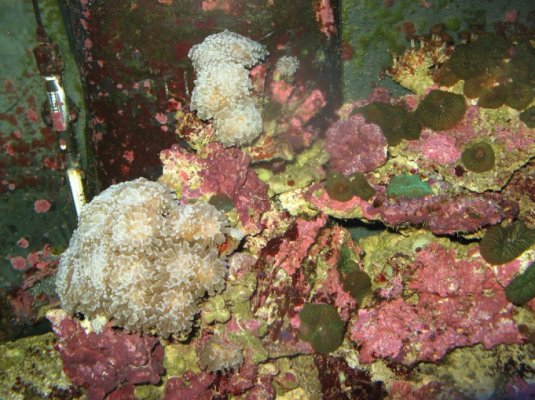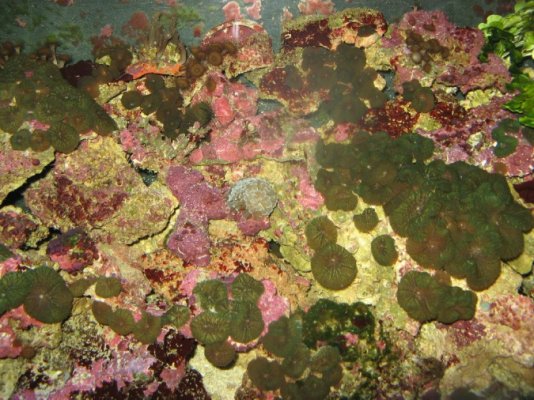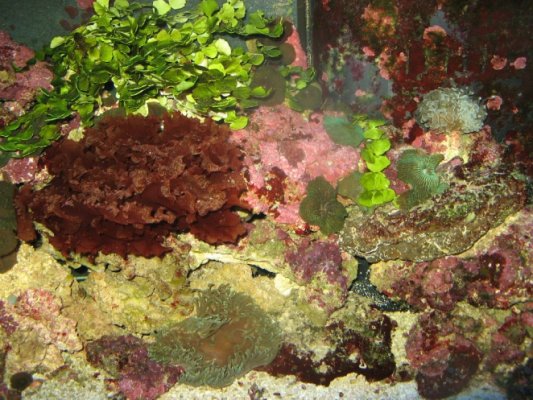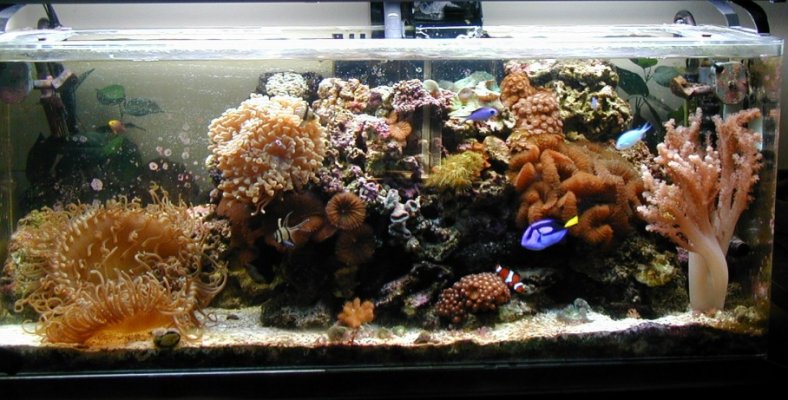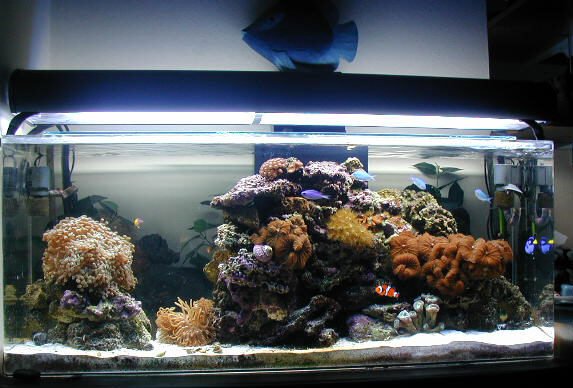sdellin
Aquarium Advice Addict
Hello All,
I have had to remove all of my fish from my reef tank because one had ich. I read that the best way to prevent this from recurring is to remove all the fish and let the tank run without fish for 6-8 weeks to allow the ich to die off from lack of food (fish) .
.
Anyway, how should I go about keeping the reef tank in the meantime? I have fed a little algae flake fish food a couple of times to keep the nitrification process alive and well, but I'm not sure if that's the right way to do this.
Any advice will be appreciated.
Edit: Maybe just dosing the tank to feed the corals will do the trick?
I have had to remove all of my fish from my reef tank because one had ich. I read that the best way to prevent this from recurring is to remove all the fish and let the tank run without fish for 6-8 weeks to allow the ich to die off from lack of food (fish)
Anyway, how should I go about keeping the reef tank in the meantime? I have fed a little algae flake fish food a couple of times to keep the nitrification process alive and well, but I'm not sure if that's the right way to do this.
Any advice will be appreciated.
Edit: Maybe just dosing the tank to feed the corals will do the trick?

